Wicklow remains the number one blackspot for TB in Ireland, according to the latest figures from the Department of Agriculture.
West Wicklow had 8.25 reactors per 1,000 tests between 1 January this year and the end of September, while east Wicklow had 5.51 in the same period. Overall, the country had 1.88 reactors per 1,000 so far this year, an increase of 6% compared with the same period last year.
Just over 2,600 herds have been restricted since the beginning of January.
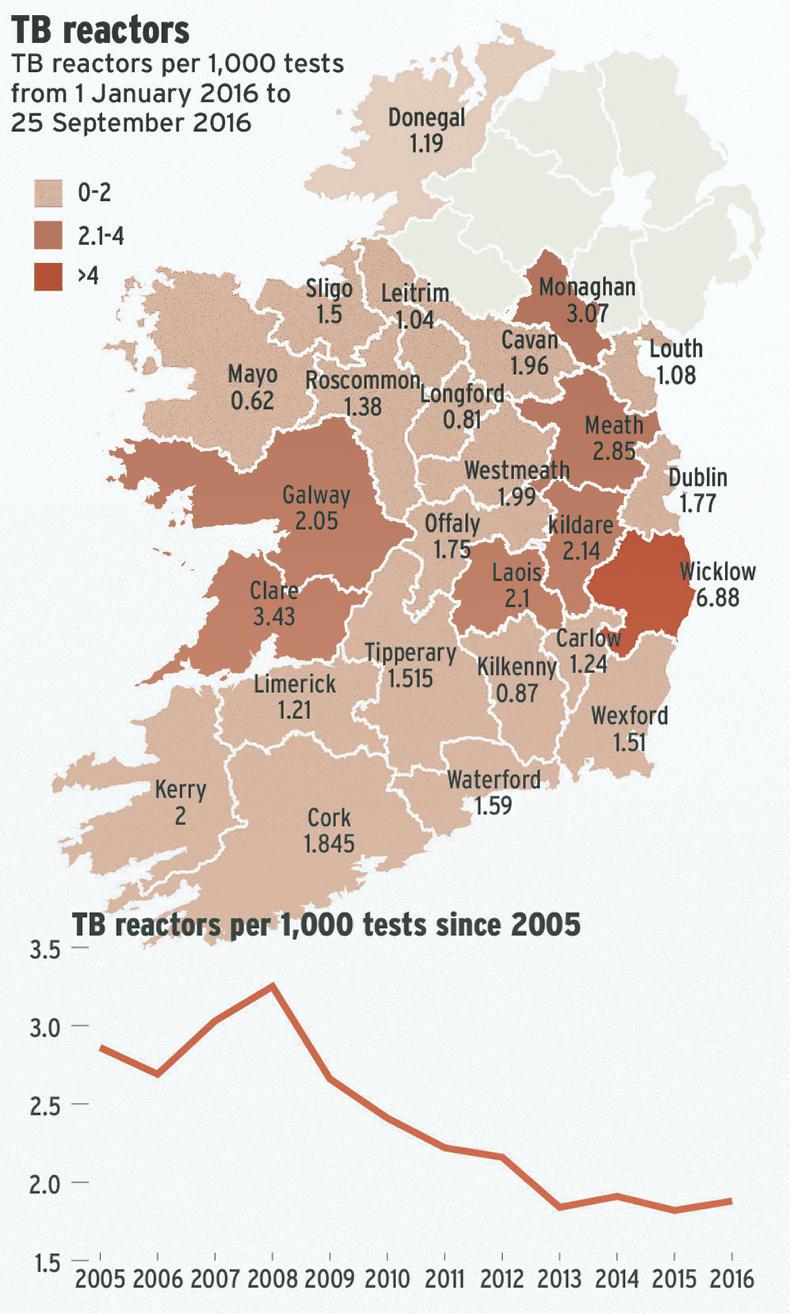
The top five counties in terms of reactors are:
1. Wicklow (herd incidence 12% in the west and 7% in the east).
2. Clare (herd incidence 3%).
3. Monaghan (herd incidence 4%).
4. Meath (herd incidence 5%).
5. Tipperary North (herd incidence 4%).
If you look at the reactors per 1,000 tests over the last decade, one would expect that there would be an overall decline. In some ways there is. In 2005, the reactors per 1,000 tests were 2.86, rising to 3.25 in 2008 but falling to 1.82 in 2015. However, assuming the final figure for 2016 is around 1.88, as it was by the end of quarter three, then what the curve really shows is that the number of reactors has levelled in the four years since 2013. Over those four years, the average number of reactors per thousand is 1.86.
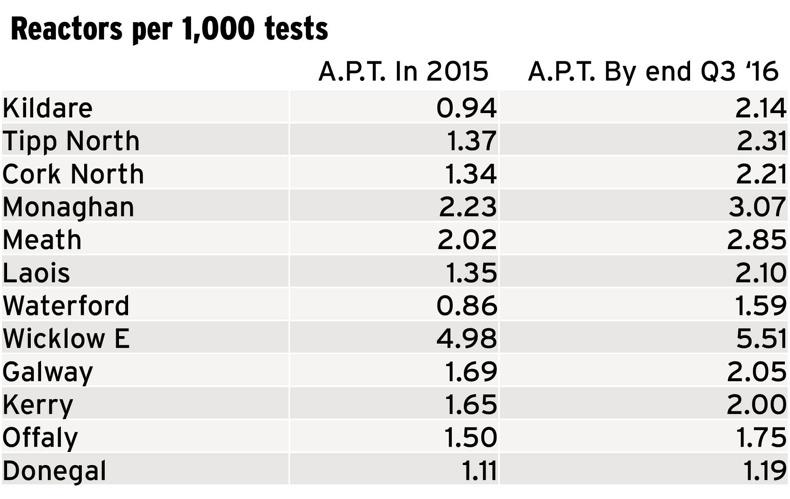
The problem is accentuated in certain counties, driving overall numbers up. Three of the five counties with the most reactors so far this year were also in the top five in 2015.
If you compare the final number of reactors per 1,000 for 2015 against 2005, then three counties had an increased level of reactors while all other counties decreased. Wicklow, Clare and Dublin all had more reactors last year compared with 2005.
Ultimately, TB levels have dropped in the last decade. In 2005, 25,884 cattle tested positive for bovine TB. Ten years on, the comparative figure was 16,145 in 2015, a 38% fall.
By the end of September, last year just under 11,000 cattle had tested positive for TB. That number has increased to almost 11,700 this year and a quarter of the herds have yet to be tested. Figures published by the Irish Farmers Journal earlier this year show that the TB eradication programme is costing the State approximately €90m per annum.
Reducing deer density
Separately, talks have taken place between the Department and the NPWS on forming a steering group to examine means to reduce deer density in the Calary area of Wicklow. The group will comprise representatives of the NPWS, the Department and the Wicklow Deer Management Partnership (WDMP).
Wicklow IFA chair Tom Short said the Department and the NPSW “have agreed that there is a problem with TB in deer in Co Wicklow, so the formation of the steering group to reduce the density level of deer has to be taken as a positive sign. Levels of TB in cattle declined when the Department of Agriculture began culling badgers in certain areas so we know there is a relationship between wildlife and cattle in the spread of TB.”
Read more
Department moves to tackle TB in deer in Wicklow
TB reactors in NI at 12-year high
Department slow at culling reactors
Wicklow remains the number one blackspot for TB in Ireland, according to the latest figures from the Department of Agriculture.
West Wicklow had 8.25 reactors per 1,000 tests between 1 January this year and the end of September, while east Wicklow had 5.51 in the same period. Overall, the country had 1.88 reactors per 1,000 so far this year, an increase of 6% compared with the same period last year.
Just over 2,600 herds have been restricted since the beginning of January.

The top five counties in terms of reactors are:
1. Wicklow (herd incidence 12% in the west and 7% in the east).
2. Clare (herd incidence 3%).
3. Monaghan (herd incidence 4%).
4. Meath (herd incidence 5%).
5. Tipperary North (herd incidence 4%).
If you look at the reactors per 1,000 tests over the last decade, one would expect that there would be an overall decline. In some ways there is. In 2005, the reactors per 1,000 tests were 2.86, rising to 3.25 in 2008 but falling to 1.82 in 2015. However, assuming the final figure for 2016 is around 1.88, as it was by the end of quarter three, then what the curve really shows is that the number of reactors has levelled in the four years since 2013. Over those four years, the average number of reactors per thousand is 1.86.

The problem is accentuated in certain counties, driving overall numbers up. Three of the five counties with the most reactors so far this year were also in the top five in 2015.
If you compare the final number of reactors per 1,000 for 2015 against 2005, then three counties had an increased level of reactors while all other counties decreased. Wicklow, Clare and Dublin all had more reactors last year compared with 2005.
Ultimately, TB levels have dropped in the last decade. In 2005, 25,884 cattle tested positive for bovine TB. Ten years on, the comparative figure was 16,145 in 2015, a 38% fall.
By the end of September, last year just under 11,000 cattle had tested positive for TB. That number has increased to almost 11,700 this year and a quarter of the herds have yet to be tested. Figures published by the Irish Farmers Journal earlier this year show that the TB eradication programme is costing the State approximately €90m per annum.
Reducing deer density
Separately, talks have taken place between the Department and the NPWS on forming a steering group to examine means to reduce deer density in the Calary area of Wicklow. The group will comprise representatives of the NPWS, the Department and the Wicklow Deer Management Partnership (WDMP).
Wicklow IFA chair Tom Short said the Department and the NPSW “have agreed that there is a problem with TB in deer in Co Wicklow, so the formation of the steering group to reduce the density level of deer has to be taken as a positive sign. Levels of TB in cattle declined when the Department of Agriculture began culling badgers in certain areas so we know there is a relationship between wildlife and cattle in the spread of TB.”
Read more
Department moves to tackle TB in deer in Wicklow
TB reactors in NI at 12-year high
Department slow at culling reactors









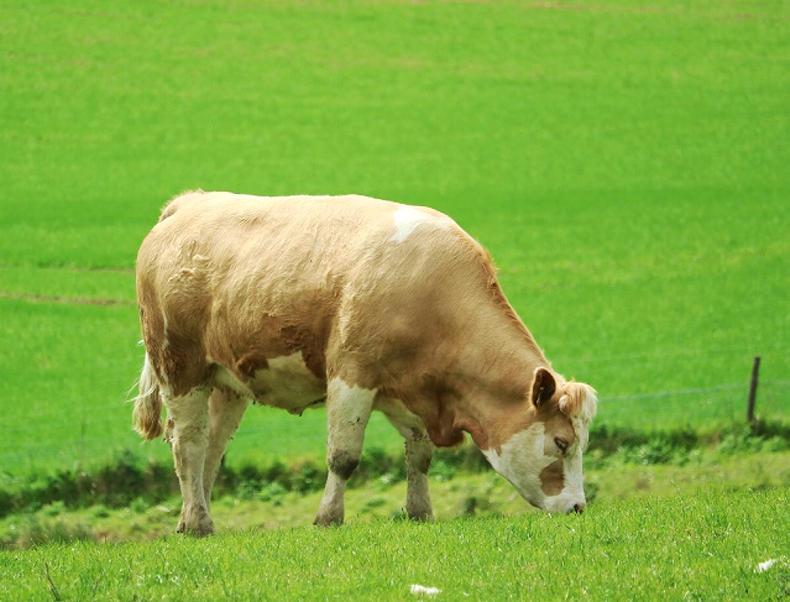
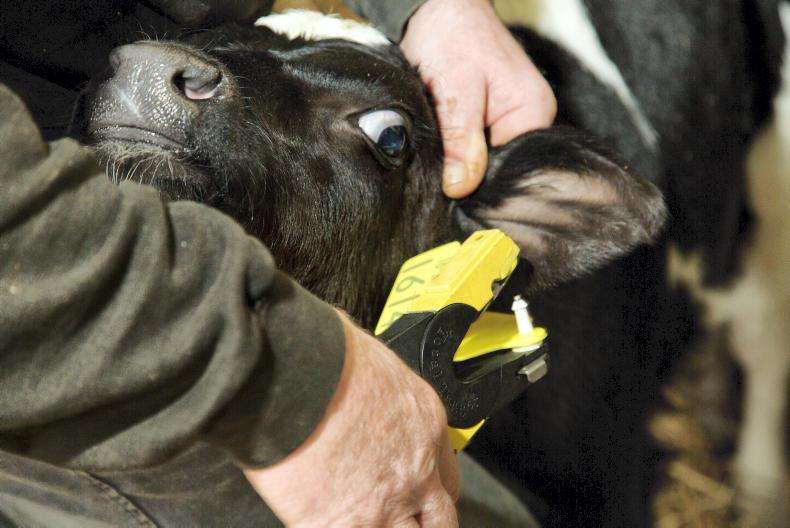
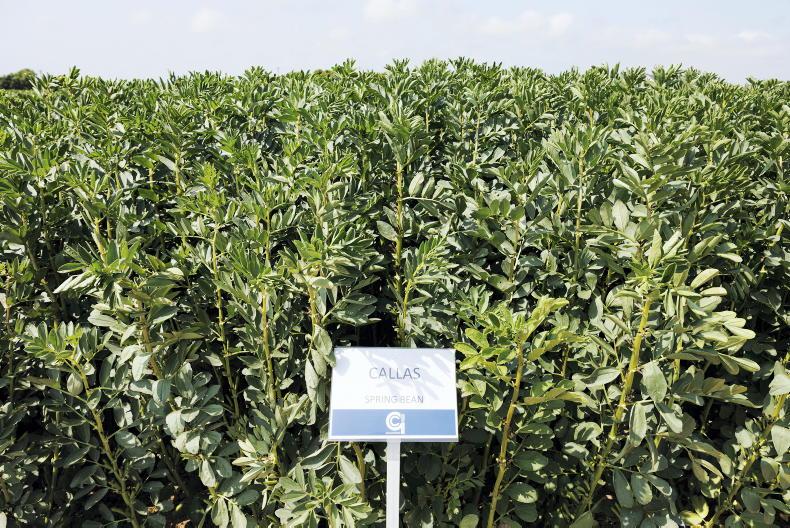

SHARING OPTIONS